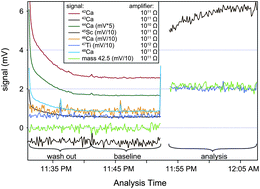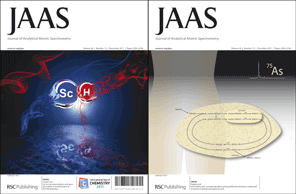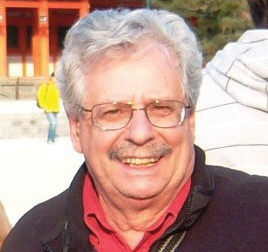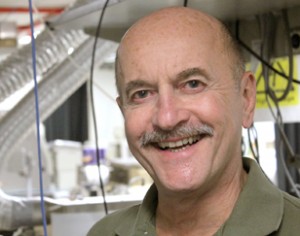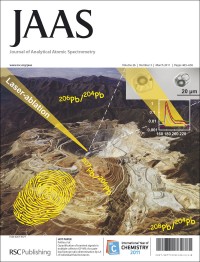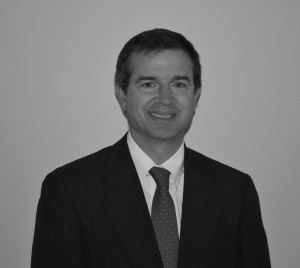Martín Resano, JAAS Editorial Board member, provides an introduction to the new RSC mobile app, and some tips for how it can help you to stay in touch with the latest research from RSC journals
The RSC has made available a mobile App that permits access to more than 30 journals from the RSC publishing platform. The application entitles all iPhone/iPad/iPod touch users to follow the RSC Journals in which they are interested in a very simple way. As illustrated in the screen captures attached (from an iPhone), the App provides fast access to the latest articles of the selected Journals, which can be saved (as pdf or html) for off-line reading, or just shared with colleagues via Facebook, Twitter or e-mail, all with a single click. Moreover, there is also a fast search engine, such that all the on-line content of RSC Journals can be thoroughly explored.
In order to benefit from all these features, the users need to be connected to a wireless network from a subscribing institution/organisation (otherwise, only abstracts and not the full version of the papers will be visible). However, more forms of authentication will be implemented soon. An Android version is also expected to be available in early 2012.
Users who have an RSC Publishing personal account however can use this app to access all the free content available, without the need for a subscription!
The App is free and can be downloaded from the iTunes store: http://itunes.apple.com/gb/app/rsc-mobile/id459371444?mt=8
Martín Resano
Reason 1: Follow RSC journals Reason 2: Check the latest articles
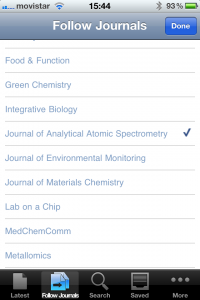

Reason 3: Save your favourite articles Reason 4: Read your article in PDF or HTML
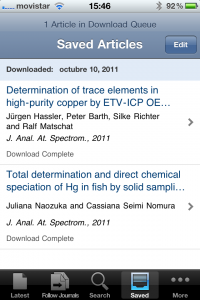
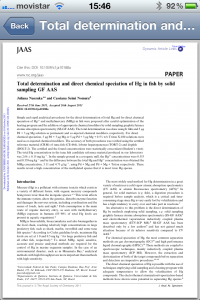
Reason 5: Share with your friends and colleagues Reason 6: Search for new articles in your research area
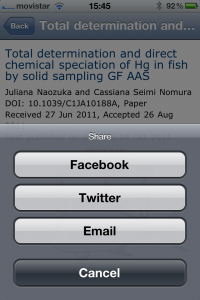
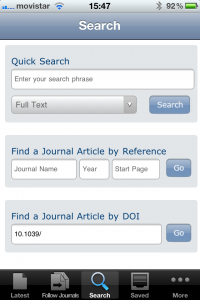
Reason 7: …plus much more!

More information about the RSc Mobile App can be found here: https://blogs.rsc.org/technical/2011/09/26/rscmobile/
Comments Off on 7 great reasons to download the RSC Mobile App…
